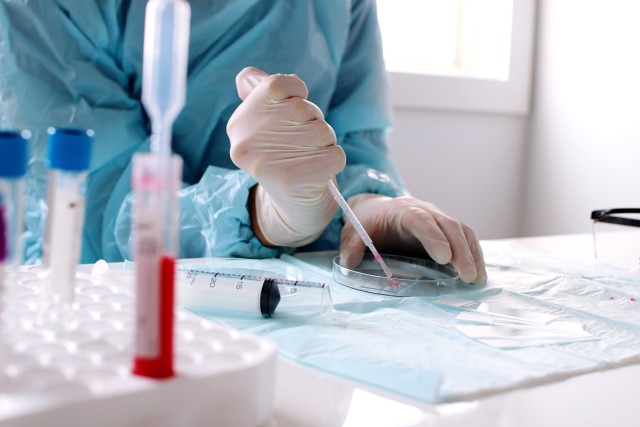Dealing with the Social Isolation of the Covid-19 Pandemic
"Sana has been in social isolation for 3 days and she's losing her mind. She wants to go outside, but she can't. Plus, the news keeps reporting scary things. Sana is scared and anxious".

Current coronavirus testing relies on a diagnostic test that uses nasopharyngeal swab PCR assay, which is often fraught with a high false-negative rate and a long turnaround time. Eosinophil count measures the amount of a type of white blood cell called eosinophil, which increase in levels in response to parasitic infections, allergies, and cancer. Scientists have found a pattern in patients with coronavirus revealing that the absence of these white blood cells or a persistently low count may suggest coronavirus infection, and may be associated with a poorer clinical outcome.
In the study, 60% of patients with COVID-19 had zero eosinophil count at presentation and a total of 88% had zero levels during hospitalization. The scientists say in areas where standard COVID-19 nasopharyngeal swab tests are unavailable, an eosinophil count test could identify who is likely to have and die of COVID-19.
Read more here – https://osteopathic.org/2020/07/16/a-simple-laboratory-test-can-aid-in-early-recognition-of-covid-19-in-patients/
"Sana has been in social isolation for 3 days and she's losing her mind. She wants to go outside, but she can't. Plus, the news keeps reporting scary things. Sana is scared and anxious".
The world has been dealing with COVID-19 for nearly two years now; the media is filledCOVID-19 headlines and all the brouhaha it come with. But one thing we all already know is that the disease is killing many, and infecting even more So the question we all have been asking is: how do we reduce our risk of catching this infection?
